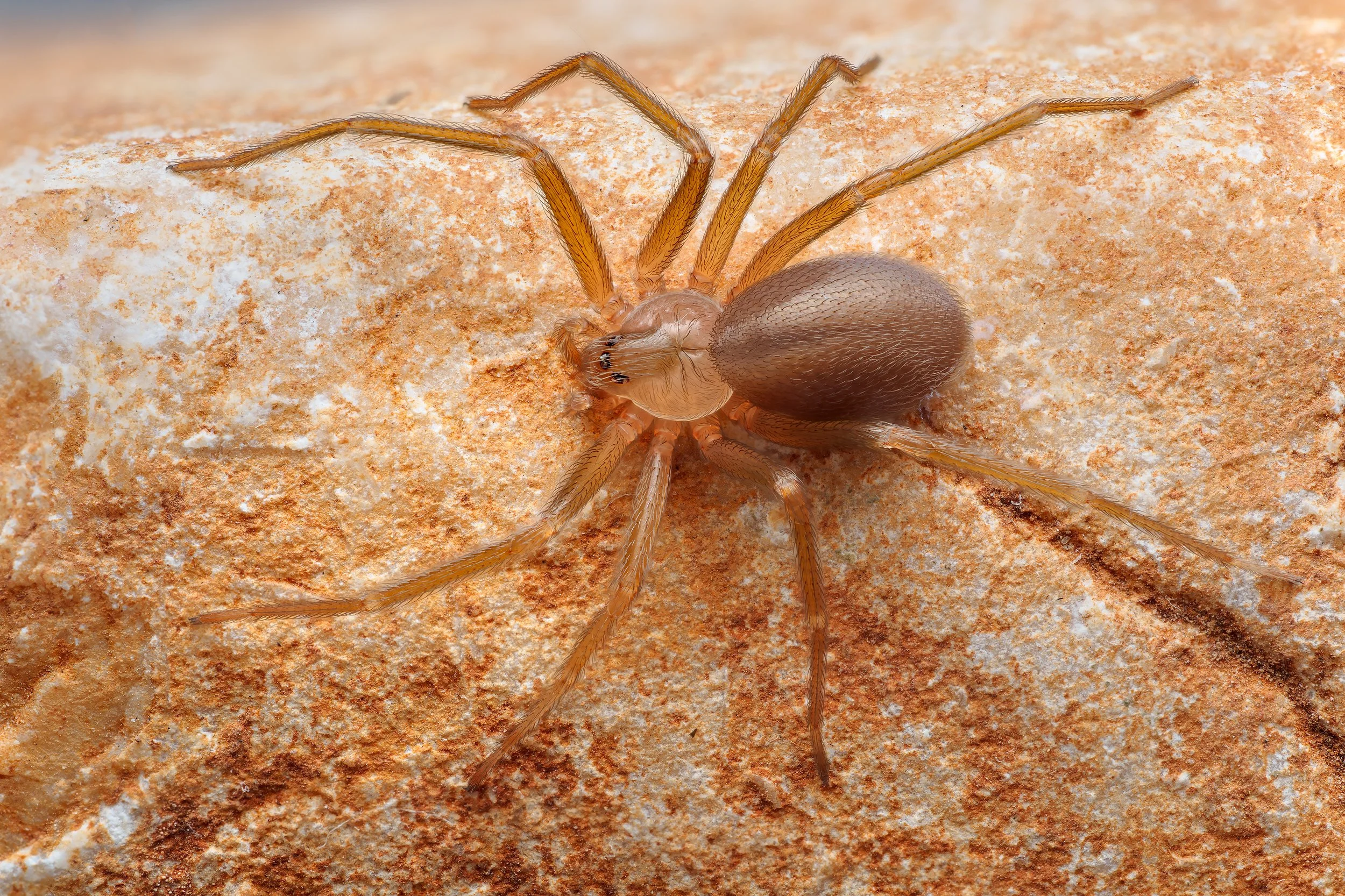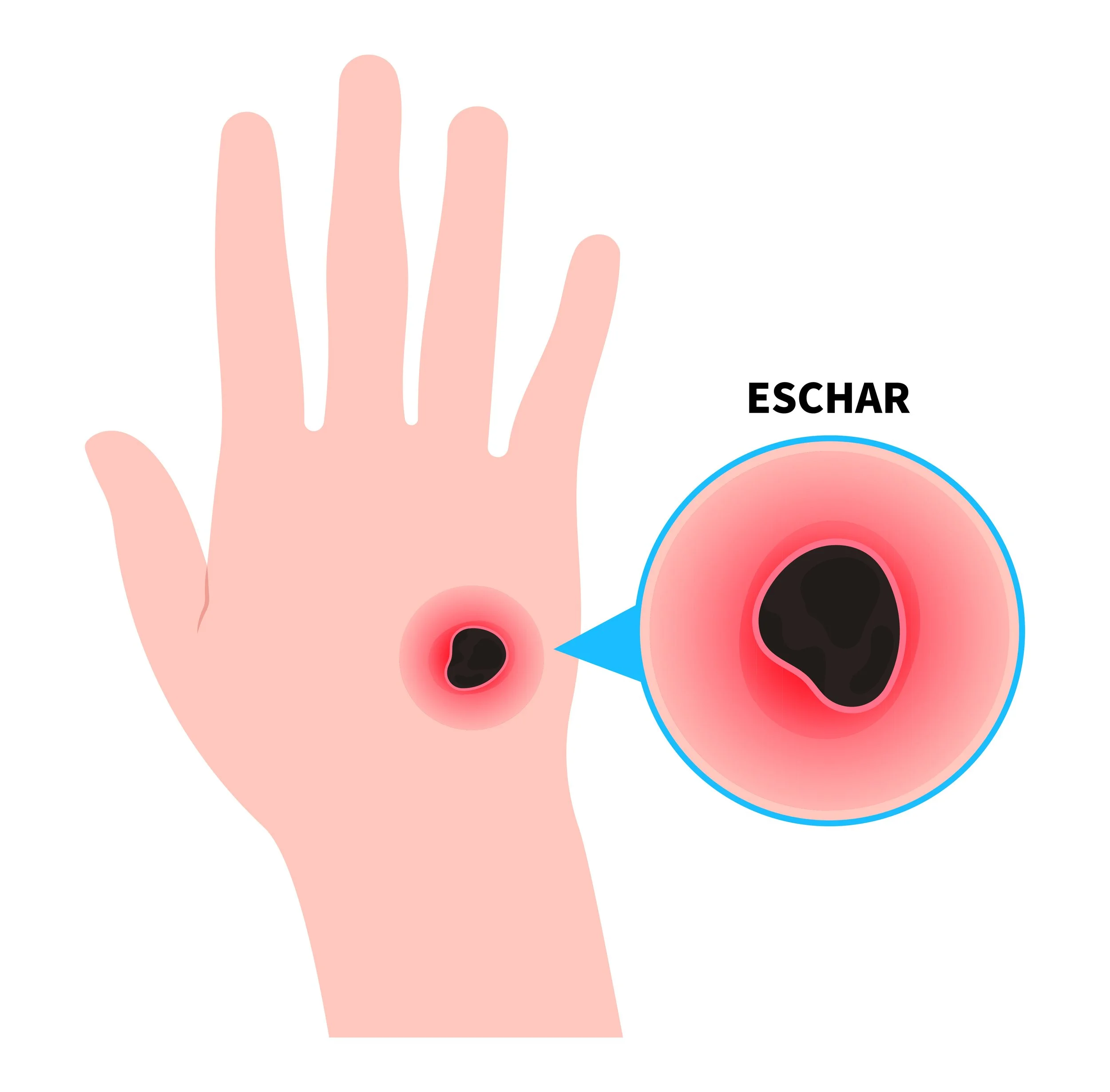Brown Recluse Spiders in California: What You Need to Know
Many California homeowners worry about brown recluse spiders. Stories about dangerous bites spread quickly, and it’s easy to assume these spiders are common across the state. The truth is more nuanced. Brown recluse spiders do not naturally live in most parts of California. Even so, related species such as the desert recluse can appear in certain regions, and people often confuse harmless spiders with recluses. Learning the facts helps you stay informed without unnecessary fear. For many people, the concern begins when they notice unfamiliar spiders inside and want to know which indoor spider repellent solutions actually work and which ones do not.
Brown recluse spiders have a reputation that makes many people uneasy. Their appearance, their name, and the myths around them create strong reactions. Most Californians never encounter one, but understanding what they look like and how they behave helps you recognize potential risks and protect your home more effectively.
What Does a Brown Recluse Look Like?
Correct identification is essential because many spiders resemble brown recluses. A true brown recluse has a set of defining traits that separate it from other common house spiders in California. The most well-known is the dark violin-shaped marking on its back. This shape begins near the eyes and extends toward the body. For this reason, some call it the “fiddle-back spider.”
Along with the violin marking, brown recluses show:
A tan to dark brown body
A plain, pattern-free abdomen
Long, slim legs with fine hairs
A smooth appearance without spines
Six eyes arranged in three pairs
That last point is important. Most spiders have eight eyes. The brown recluse has only six, and they sit in a distinct triangular formation. Few people feel comfortable getting close enough to check, which leads to misidentification. Some Californians panic when they see brown or tan spiders because they’re unsure whether brown spiders are poisonous or simply misunderstood.
How Big Is a Brown Recluse?
Brown recluse spiders are small. Their bodies measure about one-quarter to three-quarters of an inch long. With their legs extended, they reach roughly the size of a quarter. In dim lighting or cluttered spaces, this size makes them easy to miss. People often disturb them by accident when moving storage boxes, handling clothing that has been tucked away, or cleaning corners that rarely get attention.
Their small size and flexible bodies allow them to hide almost anywhere. This is one reason people sometimes wonder how long spiders live and whether long-lived spiders could be hiding in quiet areas of the home.
Where Do Brown Recluse Spiders Live in California?
This is the most important question for California residents. Contrary to popular belief, brown recluses are not native to most of the state. Verified populations do not exist in major metro areas such as Los Angeles, San Diego, Sacramento, or the Bay Area. However, the desert recluse, a related species, lives in the southeastern deserts of California. These areas include parts of Riverside County, San Bernardino County, and regions stretching toward the Nevada and Arizona borders.
Even in those areas, encounters are uncommon. Desert recluses prefer dry, warm, undisturbed outdoor environments. They hide under debris, woodpiles, or rocks and rarely choose indoor spaces. Homeowners often mistake other species for recluses, especially when dealing with common California spider species that share similar colors but behave far more harmlessly.
Still, homeowners across the state should understand the conditions that attract any reclusive spider. Indoors, these spiders look for quiet hiding spots such as:
Closets and storage areas
Attics
Basements and crawl spaces
Cardboard boxes
Bundled clothing or bedding
Behind furniture and unused appliances
Outdoors, they rest in dry, sheltered spaces like wood stacks, sheds, rock piles, and areas with scattered debris. They are nocturnal hunters and avoid direct light, so daytime sightings are rare. When spiders begin gathering in large numbers, especially in warm southern regions, many homeowners start noticing early signs of spider infestations in Southern California.
Are Brown Recluse Spiders Dangerous?
The fear surrounding these spiders mostly comes from stories about severe bites. While bites can cause tissue damage or slow-healing wounds, serious cases are rare. Most brown recluse bites result in mild symptoms similar to other insect bites. Fatalities in the United States are almost unheard of.
The severity of a bite depends on:
How much venom is released
Age and general health
Immune response
Bite location
How quickly treatment begins
Children, older adults, and people with weakened immune systems face the highest risk of complications, but even in those groups, severe reactions remain uncommon. When bites occur, people often question whether they were bitten by a recluse or another species and how to tell the difference between a tick bite and a spider bite, especially when the shape is unclear.
In California, medically confirmed brown recluse bites are extremely rare because the spiders themselves are rare. Many assumed “recluse bites” turn out to be infections or unrelated skin conditions. This confusion contributes to California’s long-running concern about dangerous spiders in California and which species pose genuine risks.
What Does a Brown Recluse Bite Look Like?
A true brown recluse bite often begins with a mild sting or goes unnoticed. Hours later, redness and swelling may appear at the site. Some bites develop a pale center surrounded by red or bluish edges.
Other symptoms may include:
Increased pain
Blistering within 24–48 hours
Swelling or tenderness
Possible tissue breakdown resulting in an eschar
Necrosis, the symptom most associated with recluses, does not occur in most cases. Many more common conditions mimic recluse bites, making self-diagnosis unreliable.
How to Treat a Brown Recluse Spider Bite
Educational purposes only — not medical advice.
If you suspect a recluse bite, seek medical attention.
First-aid steps include:
Wash the bite with soap and water
Apply a cold compress
Elevate the limb
Use over-the-counter pain relief
Monitor for swelling
Severe symptoms such as fever, nausea, spreading rash, or trouble breathing need urgent care.
How to Reduce Spider Activity in Your California Home
Prevention helps keep your home safer. Reduce clutter, seal gaps, and store items in sealed plastic containers. Shake out shoes and clothing before wearing them, especially if stored in dark areas.
Other helpful steps:
Vacuum corners and hidden areas
Install door sweeps
Keep firewood away from the home
Repair window screens
Remove outdoor debris
Routine cleaning helps remove spiders and their egg sacs before they spread.
Protect Your Home with Professional Spider Control
Knowledge helps, but dealing with spider activity takes professional support. ProCraft Pest Control provides spider control services for California homes. Our technicians inspect, treat, and prevent spider problems using safe and effective methods tailored to the region’s unique conditions.
Whether you’re concerned about recluses, common house spiders, or recurring activity in storage areas, ProCraft has solutions that work. Contact ProCraft Pest Control today to schedule a professional inspection and keep your home protected year-round.
Michael Furlong
I’ve worked in pest control since I was 20 and founded ProCraft in 2009. I help California homeowners understand spider behavior, risks, and prevention so they can stay informed without fear. When I’m not inspecting homes, I’m enjoying black coffee, 80’s movies, or time in the garage.


